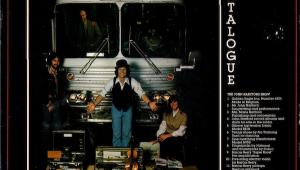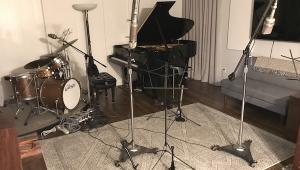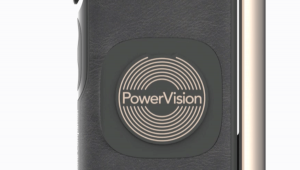Rega Research Factory Tour Part 4

In this "episode" you will see that Rega's dedication to quality control extends from the top of the line P10 to the very bottom P1.
All get similar testing. The testing quality itself has improved over the years too. Co-founder Roy Gandy also shows off bearing quality. There's a lot to watch here, and in the next "episode" as well!
| Equipment Reviews | The Gruvy Awards | Blogs Analog Tips | Columns Music | Show Reports | News Resources |
 © 2025 AnalogPlanet
© 2025 AnalogPlanetAVTech Media Americas Inc.
All rights reserved















































